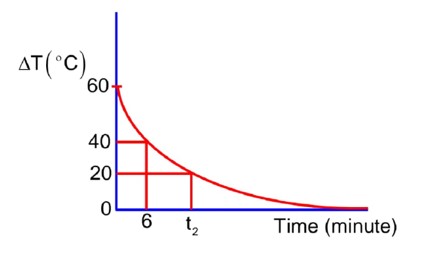Physics
Get insights from 5.6k questions on Physics, answered by students, alumni, and experts. You may also ask and answer any question you like about Physics
Follow Ask QuestionQuestions
Discussions
Active Users
Followers
New answer posted
2 months agoContributor-Level 10
- (1)
Now
t = 10.257
t2 = 6 + 10.257 = 16.257 minutes
16.25 and or 16
New answer posted
2 months agoContributor-Level 10
For maxima = y = (2n + 1)
For 1st maxima for l1 wavelength (n = 1)
- (1)
First maxima for l2 wavelength
- (2)
New question posted
2 months agoNew answer posted
2 months agoContributor-Level 10
Let l = l0 cos wt
Then v = v0 sinwt
at t = 0, v = 0
but l = l0
a = 121 * 2
a = 242
New answer posted
2 months agoContributor-Level 10
Ib = 10 µA
IC = 1.5 mA
RL = 50 kW or (Rc)
Base – emitter voltage = 10 mv
=
Av = 750
Taking an Exam? Selecting a College?
Get authentic answers from experts, students and alumni that you won't find anywhere else
Sign Up on ShikshaOn Shiksha, get access to
- 65k Colleges
- 1.2k Exams
- 679k Reviews
- 1800k Answers





